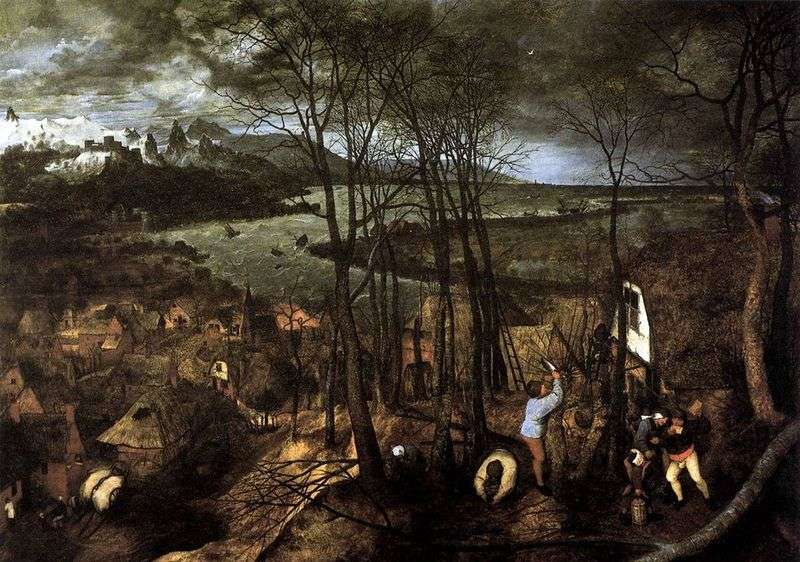
Picture “Twilight Day” from the series “Seasons”. Brueghel dedicated the entire series of landscapes depicting a full annual cycle of changes in nature to the entire 1565 year. Landscapes “Seasons” were created by the order of Antwerp financier Nikolos Ionhelink, a prominent collector of works of art, whose collection already included other paintings by Brueghel.
To his collection, Ionhelink was treated purely practically – as a convenient means of investing money. When the artist was just starting work on the “Seasons”, the customer had already decreed their fate: on February 22, 1565, Ionhelink transferred his entire collection to the Antwerp city treasury to secure a large cash loan taken from the city. Ionhelink never bought his pledge, and the best pictures of Brueghel were locked in the city treasury for many decades. For many years, paintings-landscapes “Seasons” by Brueghel have caused a stormy debate among researchers.
They argue, for example, about how many paintings were originally part of the series: some suggest that there were twelve of them and each depicted a certain month; others prove that there are only four of them and they are dedicated to the seasons, so that from the cycle it is excluded that “Hay mowing” or “Harvest”. The most plausible version is that Brueghel wrote six paintings, devoting each two months immediately.
In the paintings “Seasons” the artist begins to bring to the fore enlarged figures of people. These are peasants, whose occupations are naturally subordinated to the change of seasons. Thus, man acts as an organic part of nature. All landscapes are not only stately, but also cozy in their own way. Such is the affable land of the Netherlands, whose inhabitants are better than other peoples to live in nature, without harming it. Peter Bruegel is able to show the viewer the simplest things as a miracle. The pictures of the “Seasons” series are consonant with the words of the philosopher and writer Erasmus of Rotterdam: “God is able to show any miracles – in violation of the laws of nature, but daily performs miracles much greater: These miracles in the natural course of things, ie, in the laws of nature themselves we are accustomed, and therefore we do not notice their miraculousness. “
In the picture “Twilight Day” Peter Bruegel portrayed the nature of early spring, late February or March with its ragged, swollen clouds, slowly flaring reddish-brown earth tones, reviving the bare branches and piercing spring raw wind. In the cycle of paintings “The Seasons” the artist reflects the cycle of nature, the change in its appearance and internal rhythm.
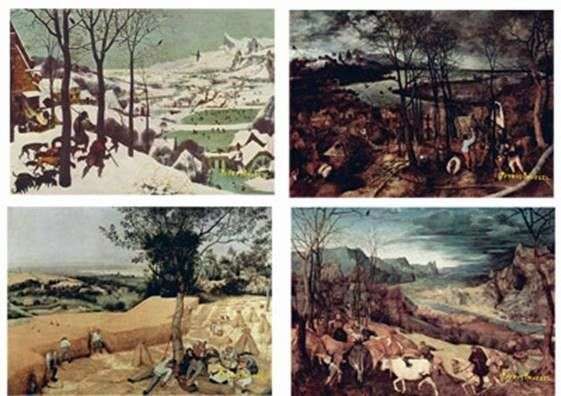 Seasons by Peter Brueghel
Seasons by Peter Brueghel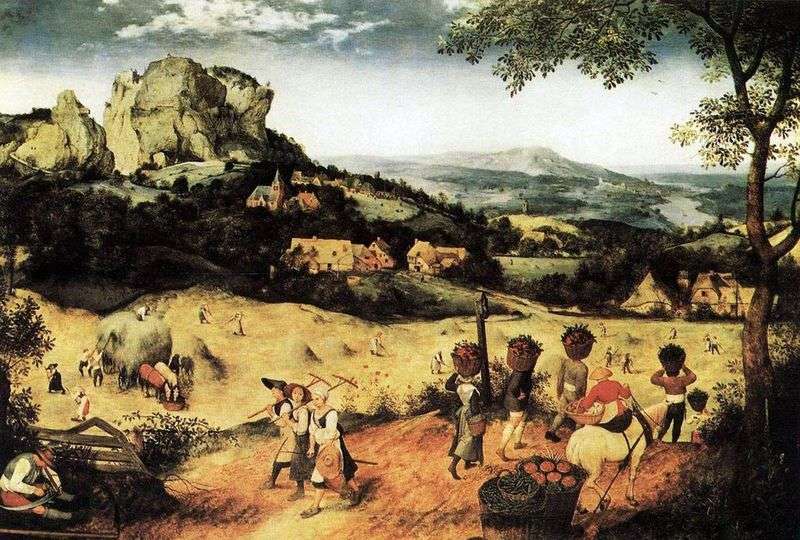 Haymaking by Peter Brueghel
Haymaking by Peter Brueghel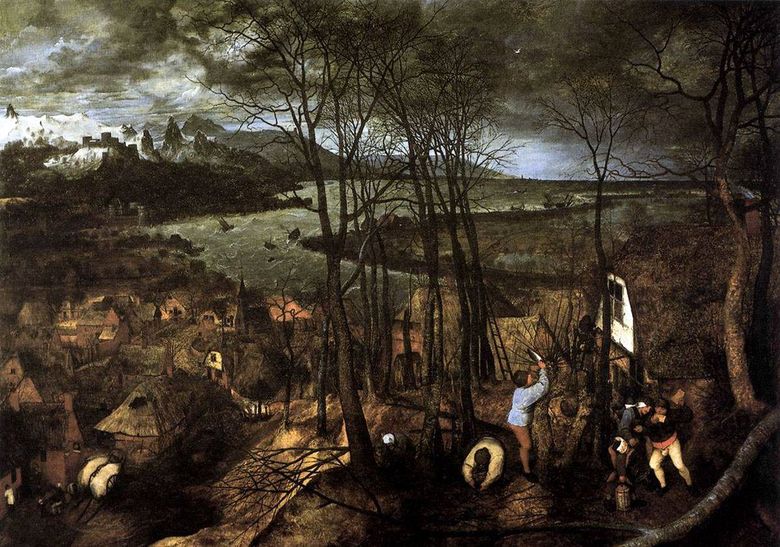 Jour sombre. Le cycle des quatre saisons – Peter Brueghel
Jour sombre. Le cycle des quatre saisons – Peter Brueghel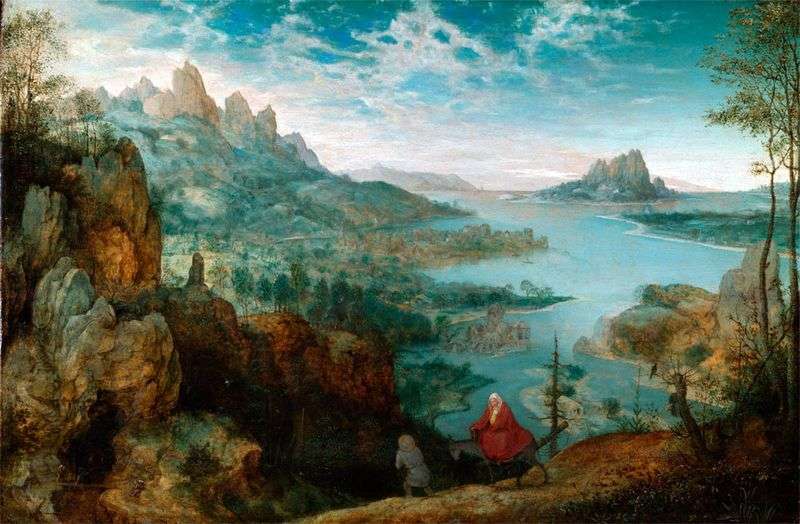 On the way to Egypt by Peter Brueghel
On the way to Egypt by Peter Brueghel The Little Tower of Babel by Peter Brueghel
The Little Tower of Babel by Peter Brueghel Harvest Summer by Peter Brueghel
Harvest Summer by Peter Brueghel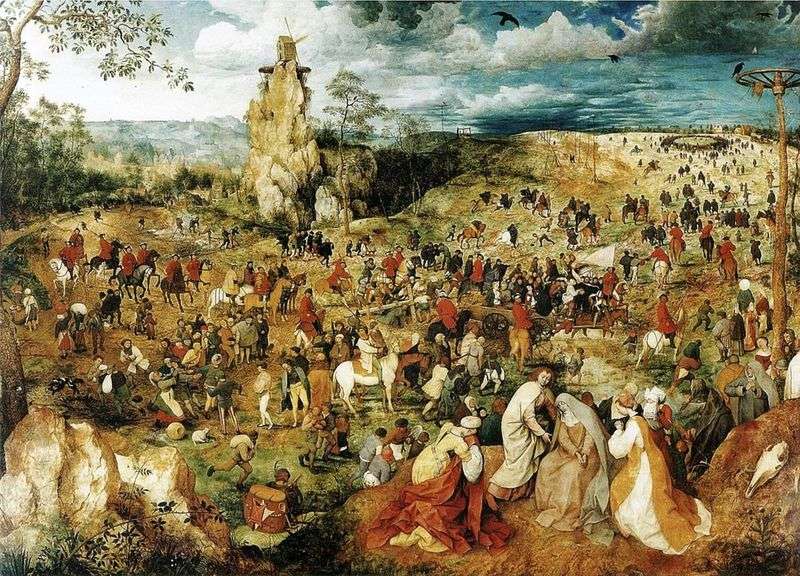 The Way to Calvary by Peter Brueghel
The Way to Calvary by Peter Brueghel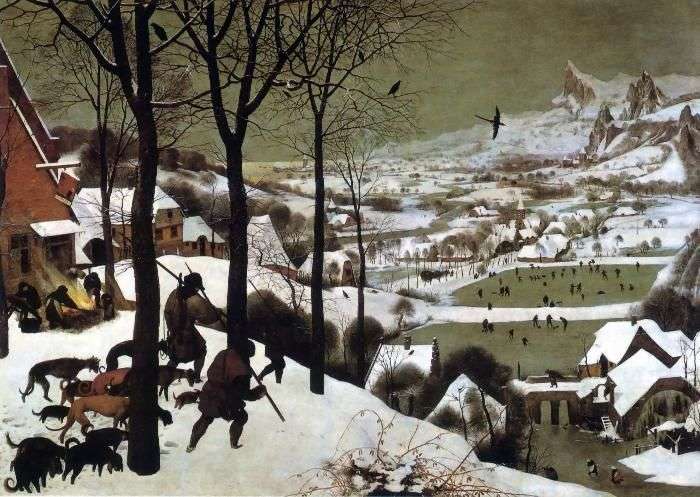 The Return of the Hunters by Peter the Elder Brueghel
The Return of the Hunters by Peter the Elder Brueghel